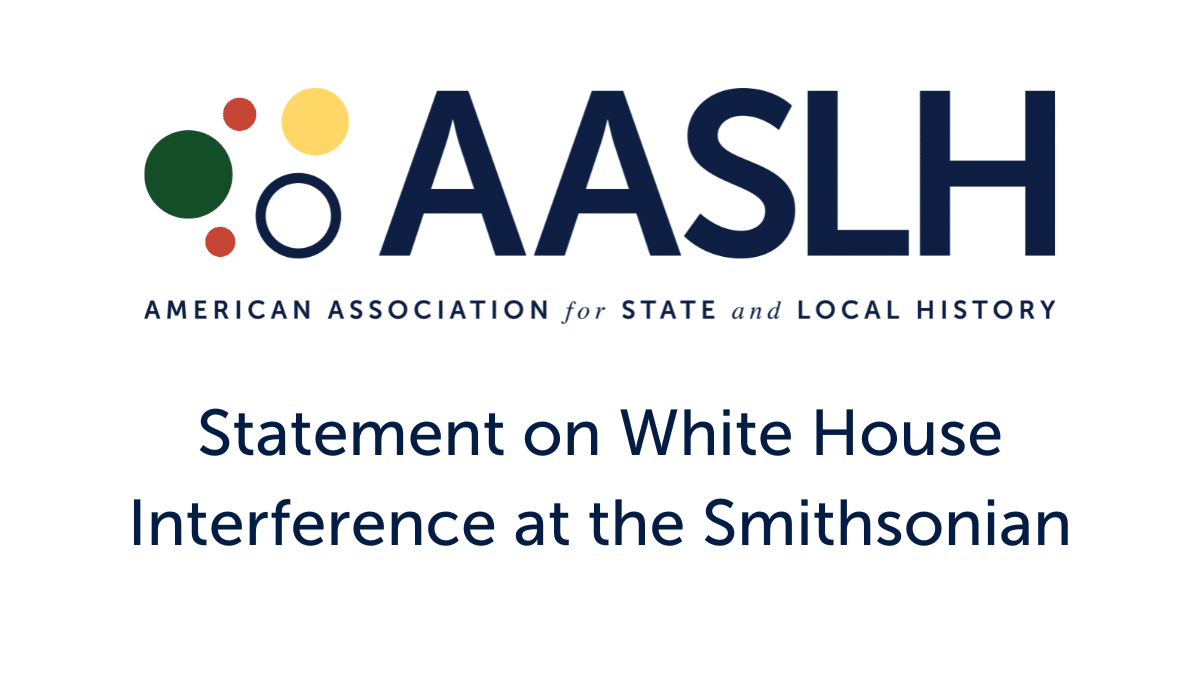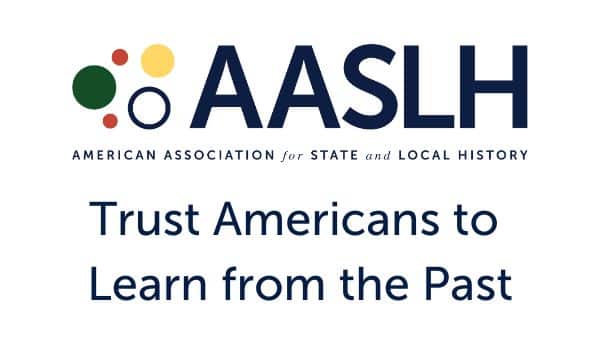I am pleased to announce that my colleague Beth Bollwerk and I have a new book that will be available in the coming weeks – Positioning Your Museum as a Critical Community Asset: A Practical Guide, published by Rowman and Littlefield Press. You can pre-order a copy at a 30% discount by using the promotional code RLFANDF30. The extensive Resource Guide of the book is available now online (and at no cost).
So why is this book different from other titles on how museums strive to be engaged with the communities they serve? Our new book is explicitly a “how to guide” for museums to integrate themselves into their communities. Positioning Your Museum as a Critical Community Asset: A Practical Guide, is not meant to convince the reader of the need for that integration. We consider that need a settled matter. We envision this book within the framework of museums co-creating with their communities. We do not envision this co-creation as museums simply being more attuned to community needs. Co-creation means making a commitment to working with a community to address those needs.
We consider this volume as the instruction manual for our previously edited volumes that discussed the concept of co-creation for cultural heritage professionals and museums. In 2012 we published Open(ing) Authority Through Community Engagement, that provided a theoretical overview and ten case studies on co-creation with museums and their communities. In 2015, we published Co-creation in the Archaeological Record that brought the discussion squarely to fieldwork, curation, and interpretation in the discipline of archaeology along with another set of case studies.
In our application of co-creation we prioritize acting on the public’s expressed needs and interests. To simplify that process we rely on Dana’s mandate in The New Museum written one century ago – “Learn what aid the community needs: fit the museum to those needs” Our new volume fills the methodological and logistical gap in acting on Dana’s mandate. For example, our experience over the past several years demonstrates that for many museums, particularly smaller ones, the ability to carry out a community oral history project that can be curated online with universal access, or creating a new low-cost exhibit based on important community curated collections are often not considered possible because of finances, staffing, or other constraints. At the same time, over that same time period, we have encountered dozens of projects that overcame these obstacles and implemented such community-driven engagement work.
Drawing on that experience, this volume does not discuss the relevance or need for museums to engage with their communities. Instead, our contributors introduce specific themes of engagement, supported by applied case studies. The volume themes and case studies are particularly relevant to small and medium-sized cultural heritage venues with a limited or even no full-time staff. Our contributors to this book were also certain their “how to” projects could be completed for $1500.00 or less to assure that cost was not a prohibitive factor.
Positioning Your Museum as a Critical Community Asset: A Practical Guide is organized into six sections. Each section begins with a thematic discussion relevant to a museum’s engagement with the community they serve. Each thematic discussion is followed by four or five case study applications. The Table of Contents listed below shows the diversity of case studies presented that range from rural Peru to the urban Upper Midwest of the United States. The final section of the book links to an extensive online Resource Guide that will be regularly updated. We were selective about the links included in the Resource Guide. We chose not to include so many entries such that the reader could not tell the forest for the trees. Instead we carefully selected those resources of particular relevance to small and medium-sized cultural heritage venues aligned with the focus of our volume’s contributors.
Positioning Your Museum as a Critical Community Asset: A Practical Guide is a book that demonstrates any museum, regardless of size, staffing, or financial resources, can engage with their communities in a vibrant and co-creative way. We truly believe that when museums and communities co-create together those cultural heritage venues will serve as valuable community partners that must be preserved and maintained.
Order your copy today at the 30% off with the discount code RLFANDF30.
Positioning Your Museum as a Critical Community Asset: A Practical Guide
Table of Contents
Introduction- Robert P. Connolly and Elizabeth A. Bollwerk
Part 1 – Communities Making Meaning in Museum Education – Jody Stokes Casey
Case Studies
- Developing High School Curriculum: The C.H. Nash Museum and Freedom Prep Charter School Project – Nur Abdalla and Lyndsey Pender
- Creating a Museum in a School: Cultural Heritage in Nivín, Perú– Gustavo Valencia Tello and Elizabeth Cruzado
- Meeting Teacher Needs: Digital Collections in the Classroom – Shana Crosson
- Using Postcard Collections as a Primary Resource in the Classroom – Brian Failing
- Words, Stone, Earth, and Paint: Using Creative Writing to Engage a Community with Its Museum – Mary Anna Evans
Part 2 – The Value of Open(ing) Authority and Participatory Frameworks for Museums – Elizabeth A. Bollwerk
Case Studies
- Oral History For, About, and By a Local Community: Co-Creation in the Peruvian Highlands – Elizabeth Cruzado and Leodan Alejo Valerio
- Working with a Private Collector to Strengthen Women’s History: Sewall-Belmont House & Museum – Rebecca Price.
- Reconnecting a University Museum Collection with Hopi Farmers through an Undergraduate Class– Lisa Young and Susan Sekaquaptewa
- Our Stories, Our Places: Centering the Community as Narrative Voice in the Reinterpretation of an African American Historic Site – Porchia Moore
Part 3 – Advocacy for Heritage Professionals During the Crisis and the Calm – Sarah E. Miller
Case Studies
- Making Advocacy Everyone’s Priority – Ember Farber
- Impact Statements – Demonstrating a Museum’s Public Value – Robert P. Connolly
- Small Fish, Big Pond: How to Effectively Advocate in Your Community – Melissa Prycer
Part 4 – Museums Engaging With People As A Community Resource – Robert P. Connolly
Case Studies
- Taking Steps to Make a Museum Special Needs Friendly – Colleen McCartney
- Incorporating Descendent Community Voices: The Whitney Plantation – Ashley Rogers
- How Community Input Can Shape a Mission: The Proposed Eggleston Museum – Allison Hennie
- Building a Community History at the University of the West Indies Museum – Suzanne Francis-Brown
- Telling Our Town’s History: The Muscatine History and Industry Center – Mary Wildermuth
- Working to Address Community Needs: The Missouri History Museum – Melanie Adams
Part 5 – Engaging User Audiences in the Digital Landscape – Brigitte Billedeaux and Jennifer Schnabel
Case Studies
- Creating a Digital Library for Community Access: A. Schwab on Beale Street – Brigitte Billedeaux
- Separating the Glitz from the Practical in Social Media at the National Underground Railroad Museum – Jamie Glavic and Assia Johnson
- How a Simple, Inexpensive Podcast Engaged an Entire Community: Chick History, Inc – Rebecca Price
- Recording the Neglected Sports Stories From the Backside – Holly Solis
- Small Museum Website Creation with a Limited Staff and Budget: The Arden Craft Shop Museum – Kelsey Ransick
Part 6 – Resource Guide
This article was originally published on Archaeology, Museums & Outreach.




